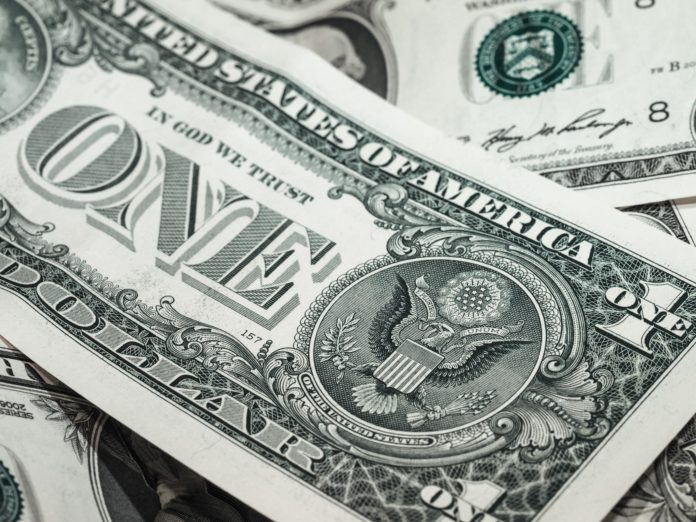
With interest rates on the rise, some auto-seeking customers are already feeling the pinch of higher loan payments. According to data released by Fitch Ratings, the problem may be about to worsen. Consumer rates of default on subprime auto loans have reached the highest rate – 5.8 percent – since 1996. The numbers, which were aggregated from March (the most recent data available) are higher than those seen during the 2008 financial crisis. In addition, Equifax has revealed the number of loans auto financing companies are making to sub-prime borrowers (those defined with credit scores below 620) fell 10 percent from a year ago, and auto-lease origination to people with shaky credit history decreased by 13.5 percent.
The news may cause lenders to pull back on making loans to car buyers with less-than-perfect credit histories. While financial organizations like Bank of America (BAC) and Wells Fargo (WFC) recently announced plans to reduce their exposure to subprime auto loans, other financial organizations such as Santander Consumer USA, Fiat Chrysler’s preferred lender, continue to market them aggressively. It may also be bad news for Blackstone, the world’s biggest private equity company, which in April acquired a majority stake in Exeter Finance, a subprime specialist out of Irving, Texas. Recently, three of the country’s largest subprime auto lenders, Summit Financial Corp, Spring Tree Lending and Pelican Auto Finance, have collapsed.
The rise in default rates will also make it harder for auto dealers to find ways to approve borrowers with lower income or poor credit.
Bloomberg has noted, however, that the volume of bond sales backed by sub-prime loans are likely to remain the same because banks and credit unions, many of whom are more risk-averse, don’t turn most of their loans into securities.
“ABS is a fraction of the total auto credit market, which is mainly funded on balance sheets,” Wells Fargo analyst John McElravey told Bloomberg. “If the pullback from subprime is more from the balance-sheet lenders, banks, then maybe securitization keeps moving along.”
Still, it’s a troubling sign of economic instability, according to Boing Boing’s Cory Doctorow.
“This is one of the credit bubbles whose bursting the Wall Street Journal predicted, and while its absolute magnitude is smaller than the subprime housing bubble, and while cars are more liquid (and thus easier for creditors to sell and get some cash out of), it will have knock-on effects for car-makers, dealers, and the banks and PE firms most exposed to the sector — to say nothing of the borrowers,” wrote Doctorow.












